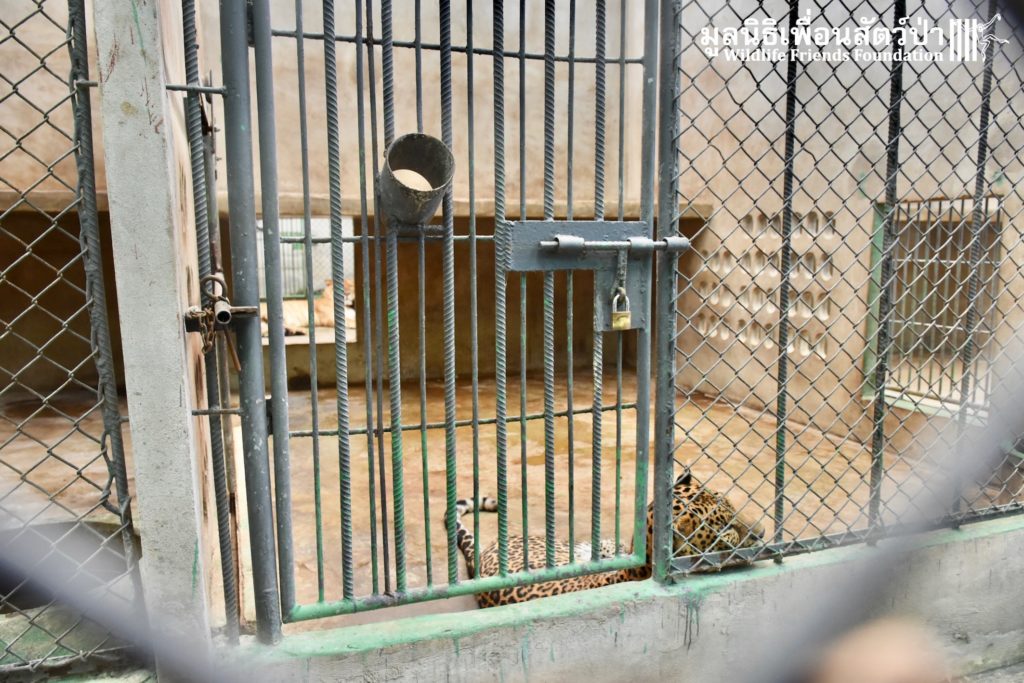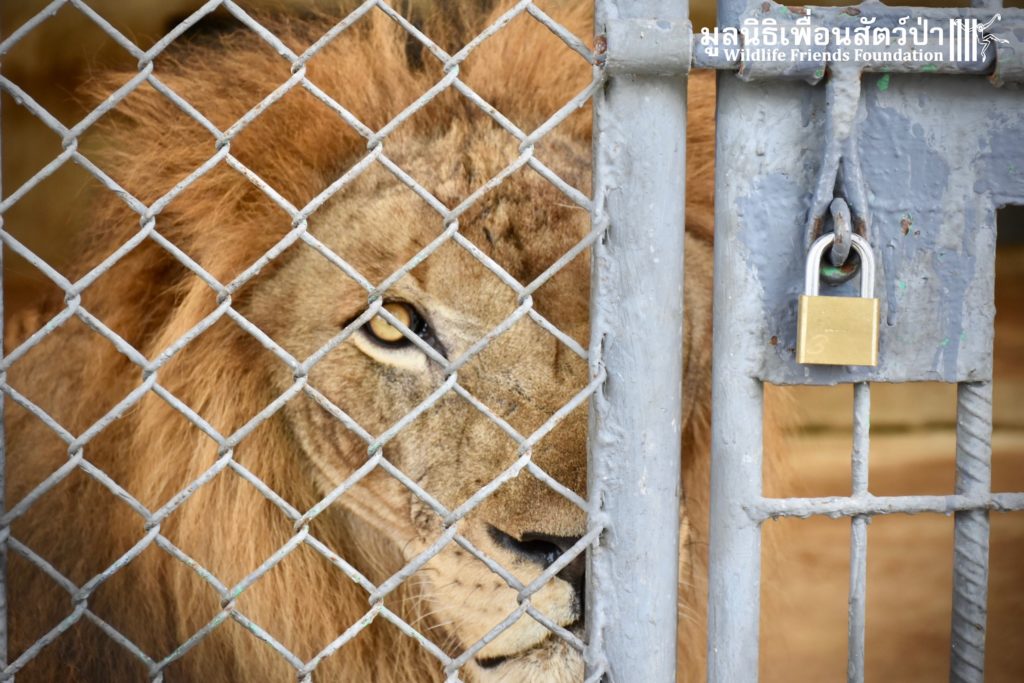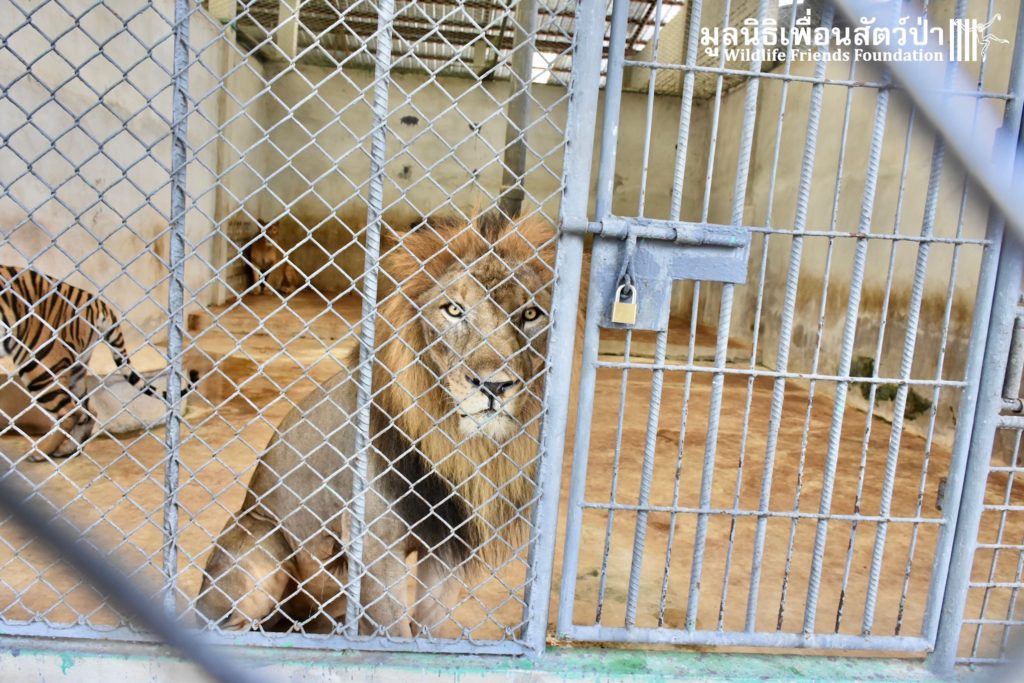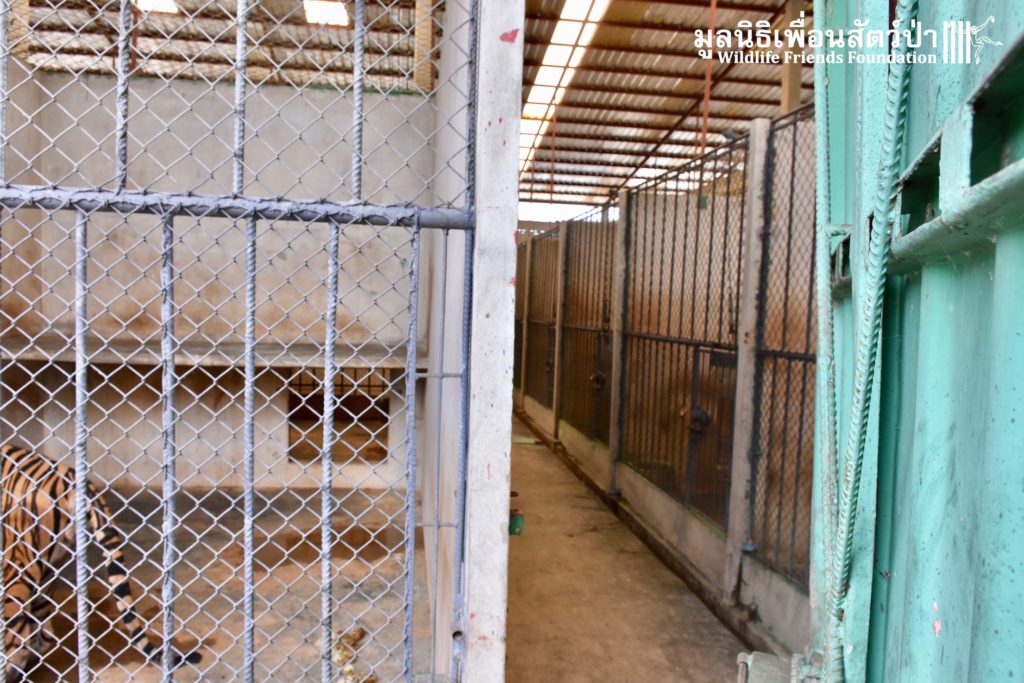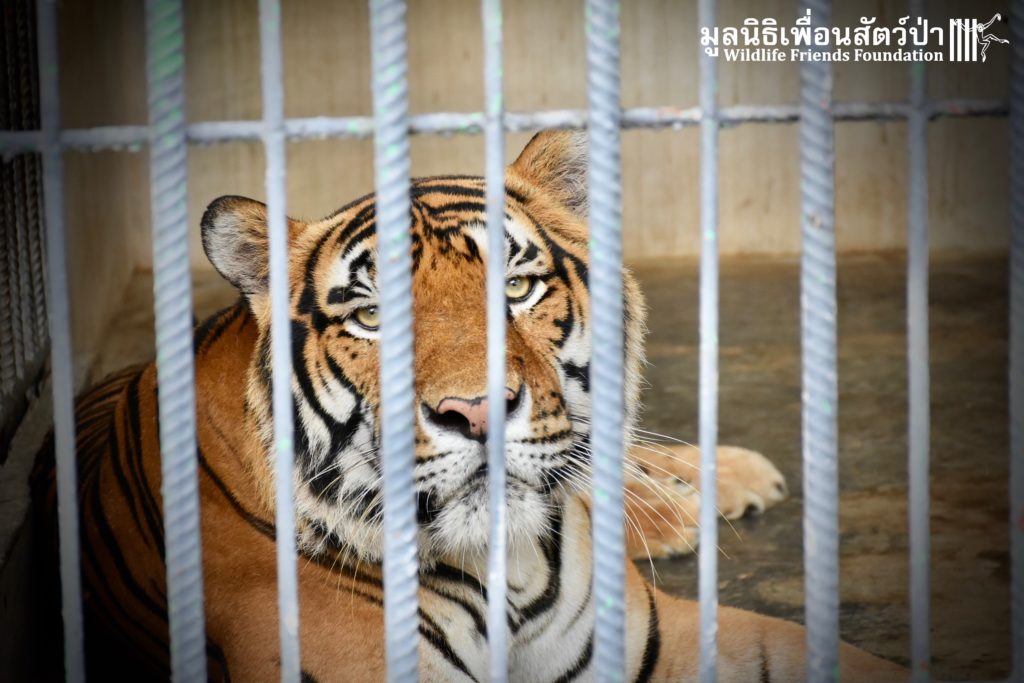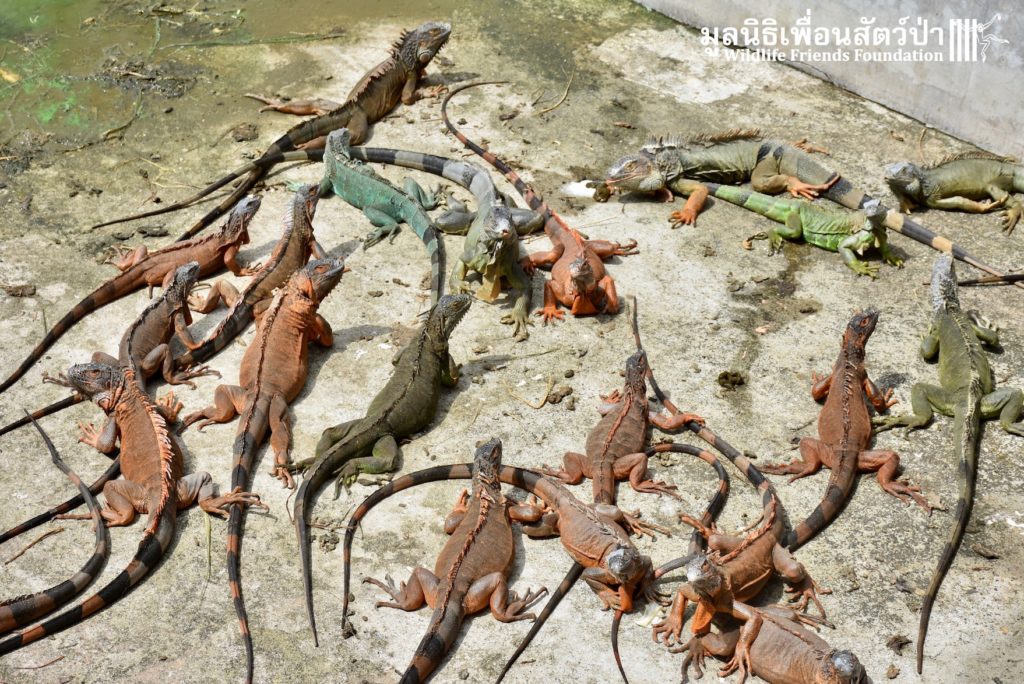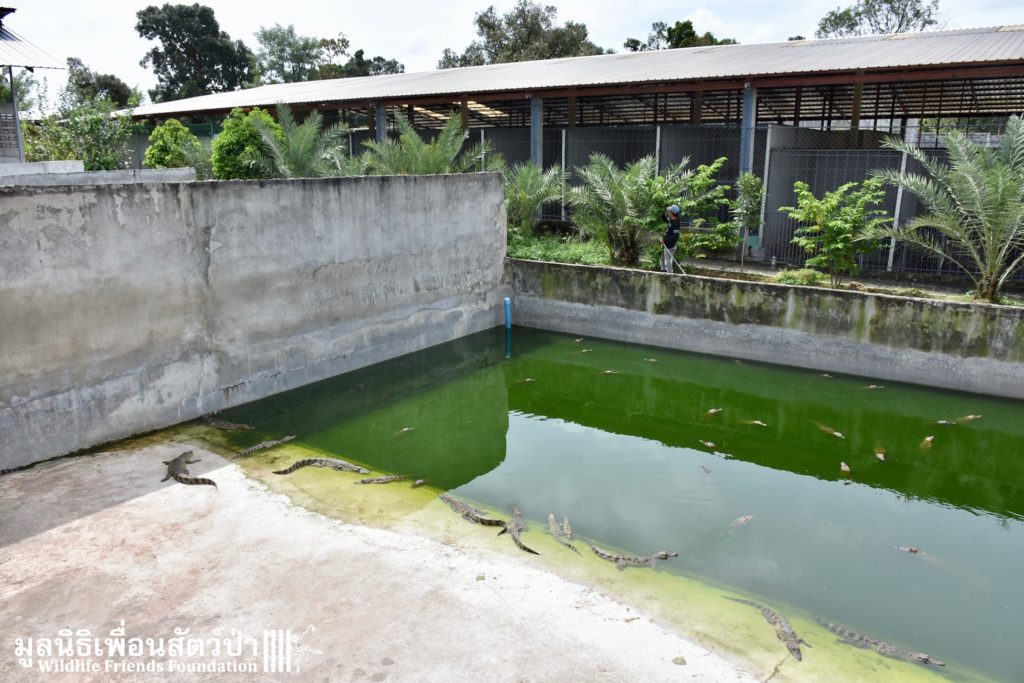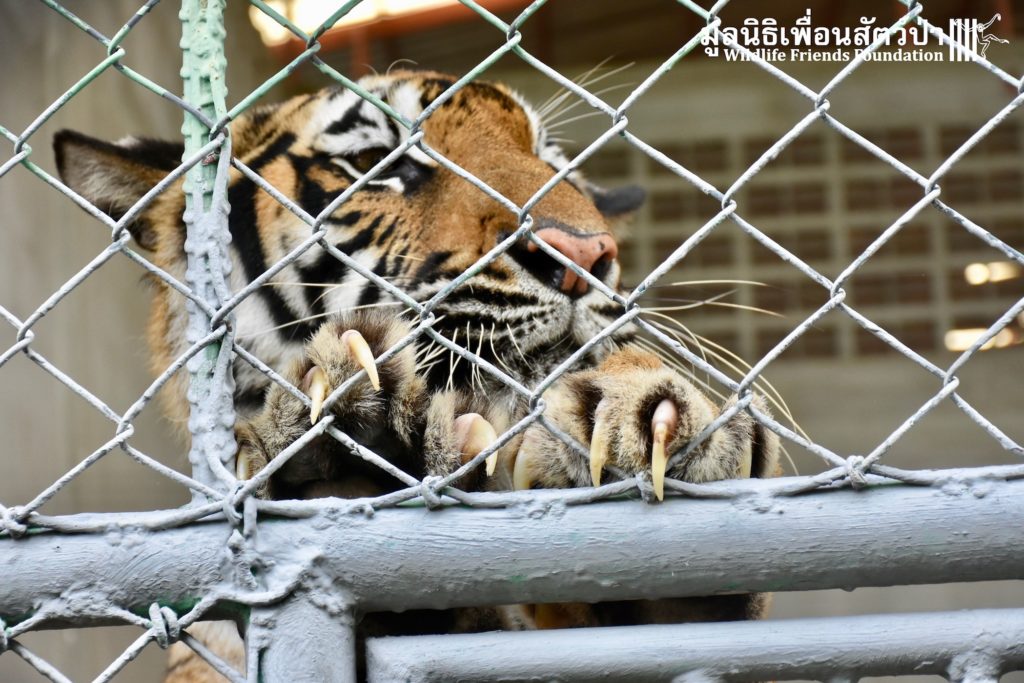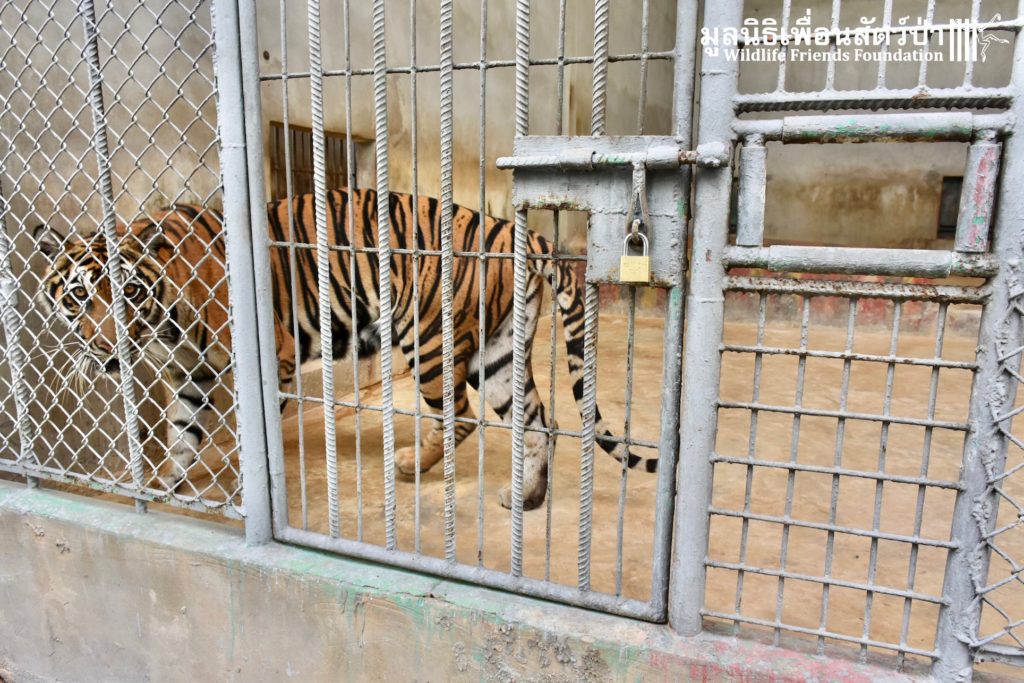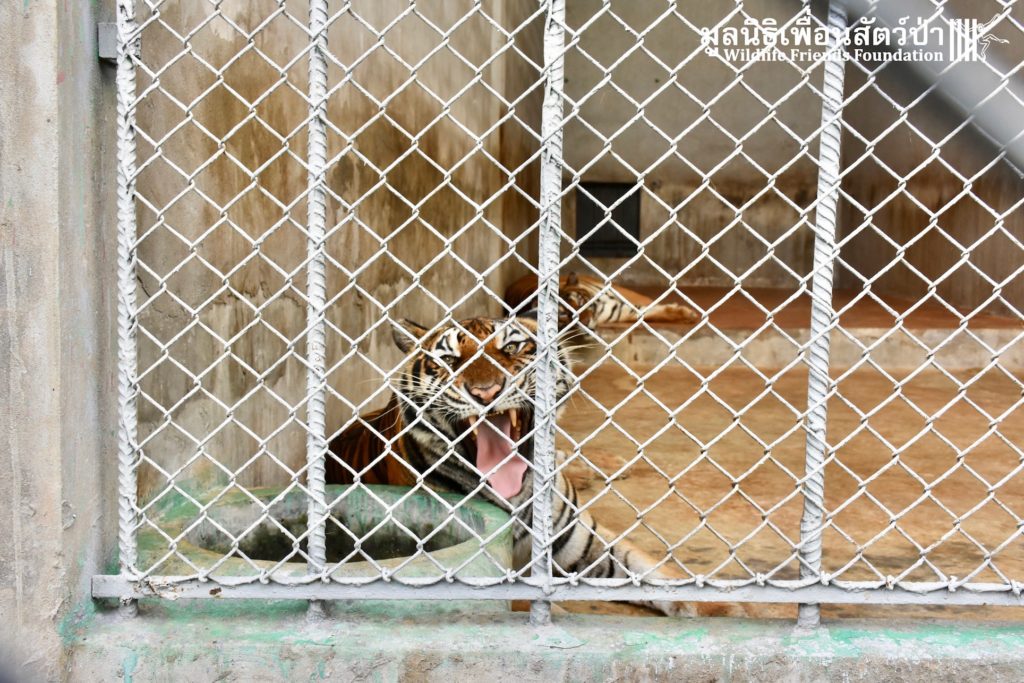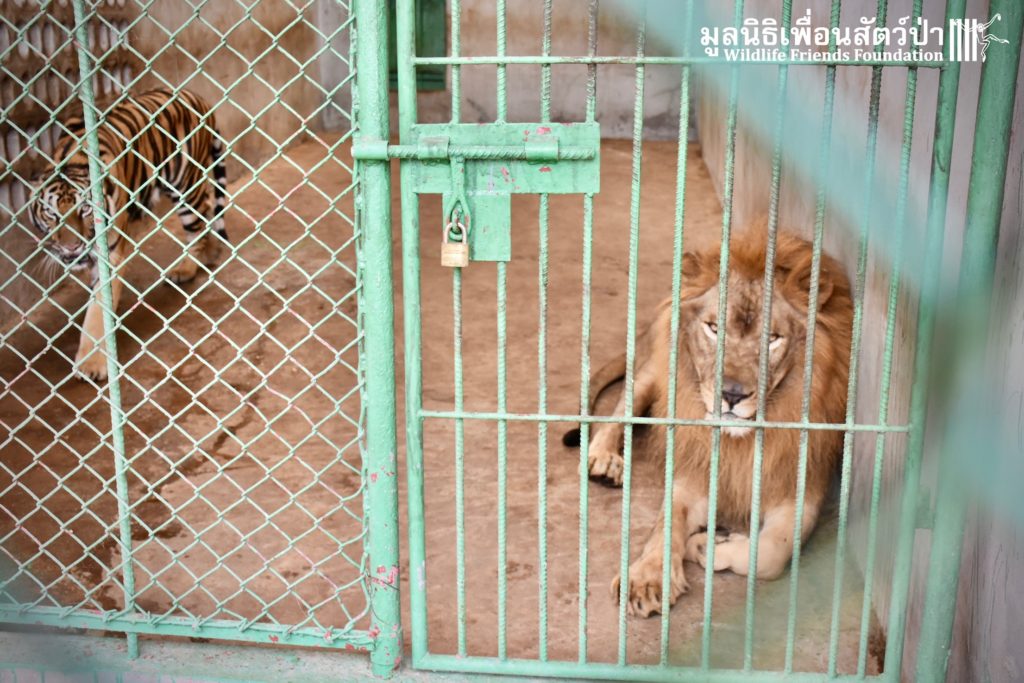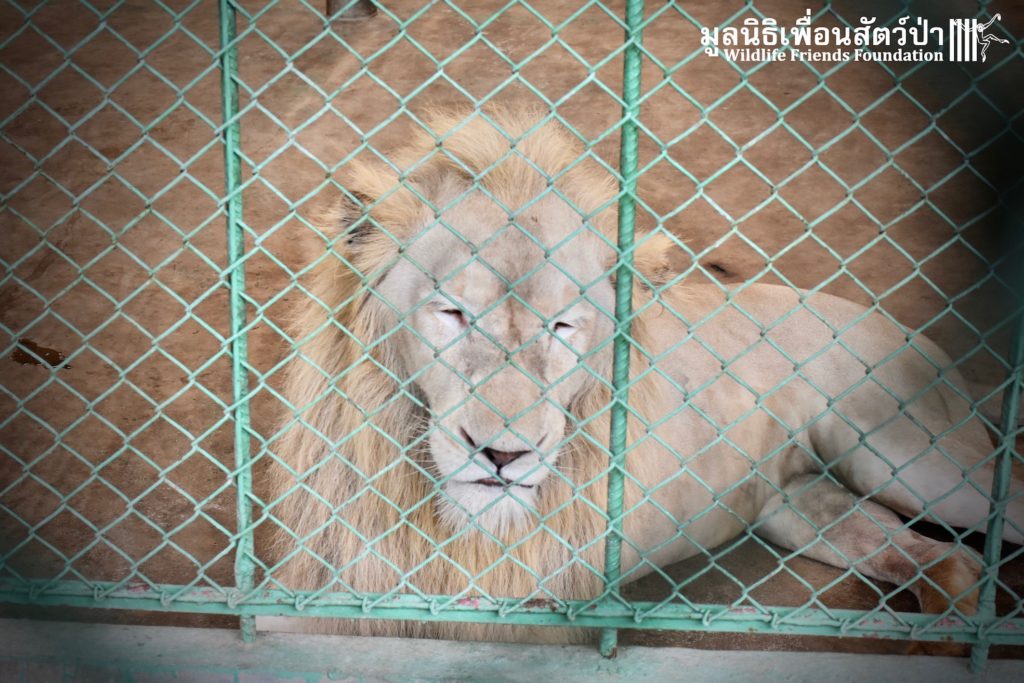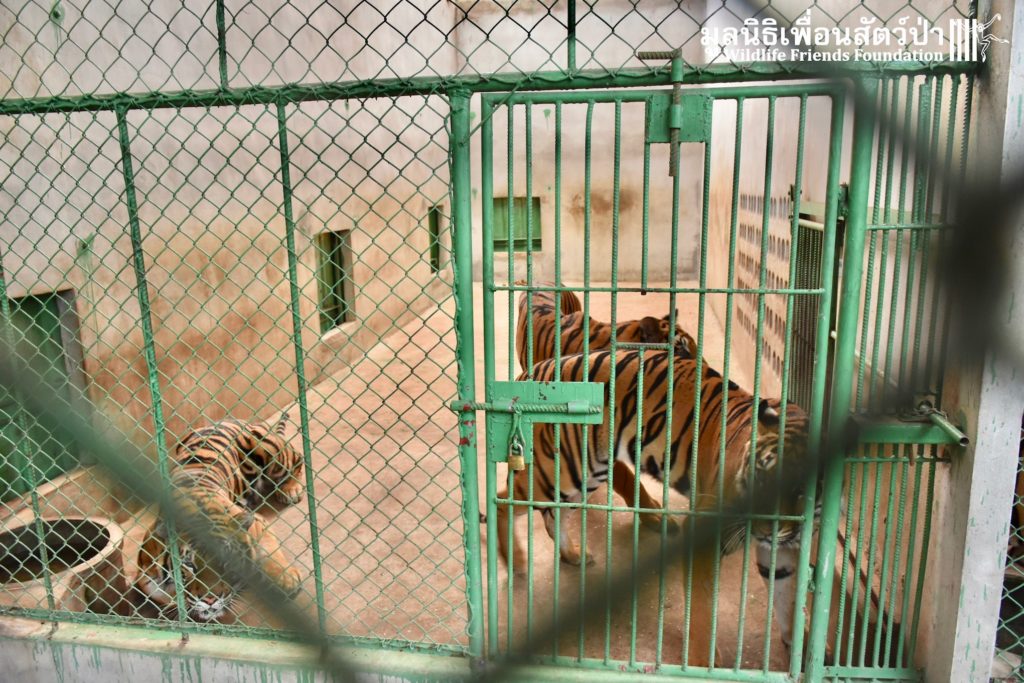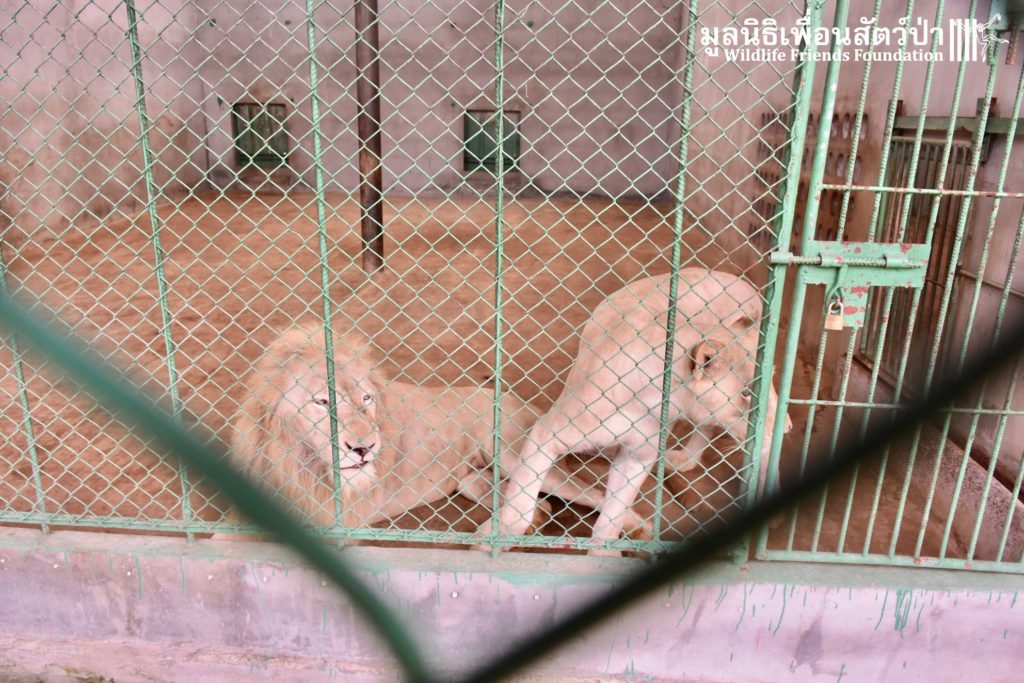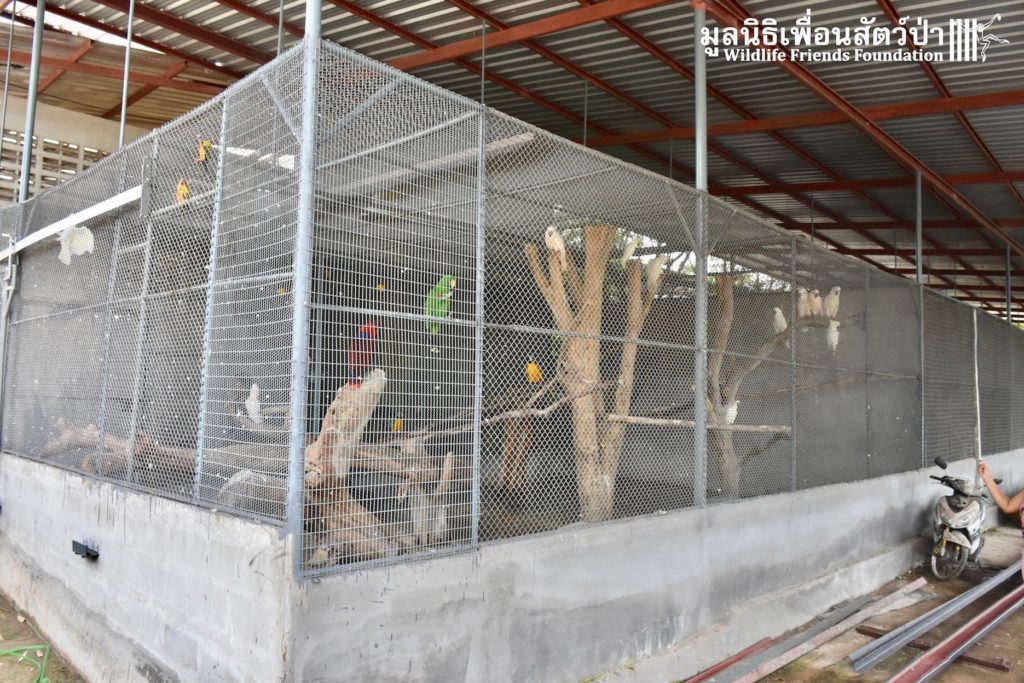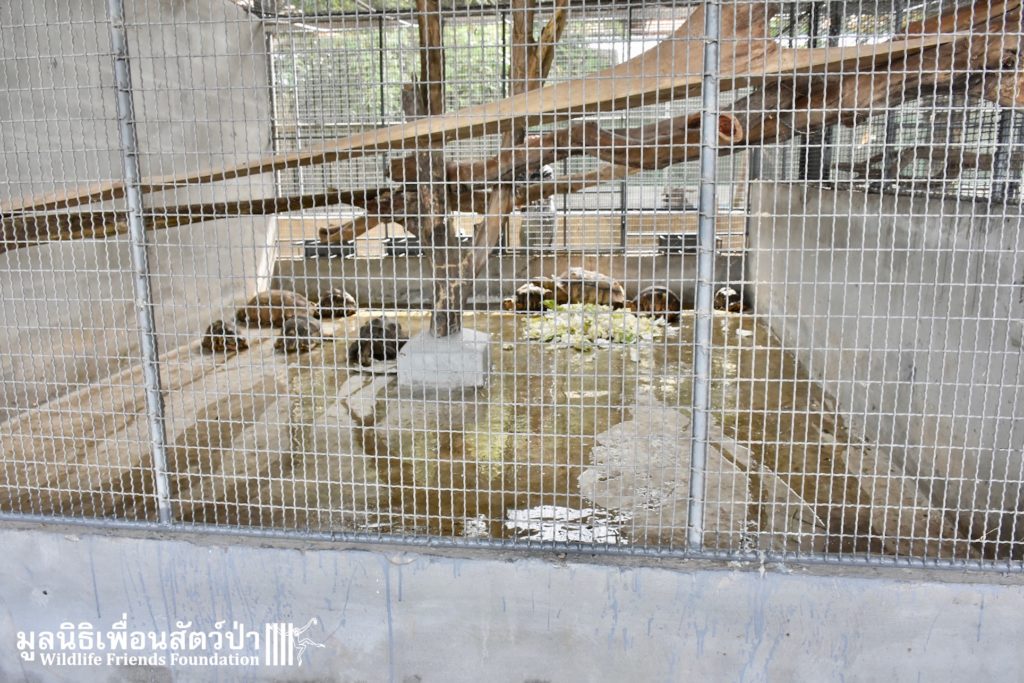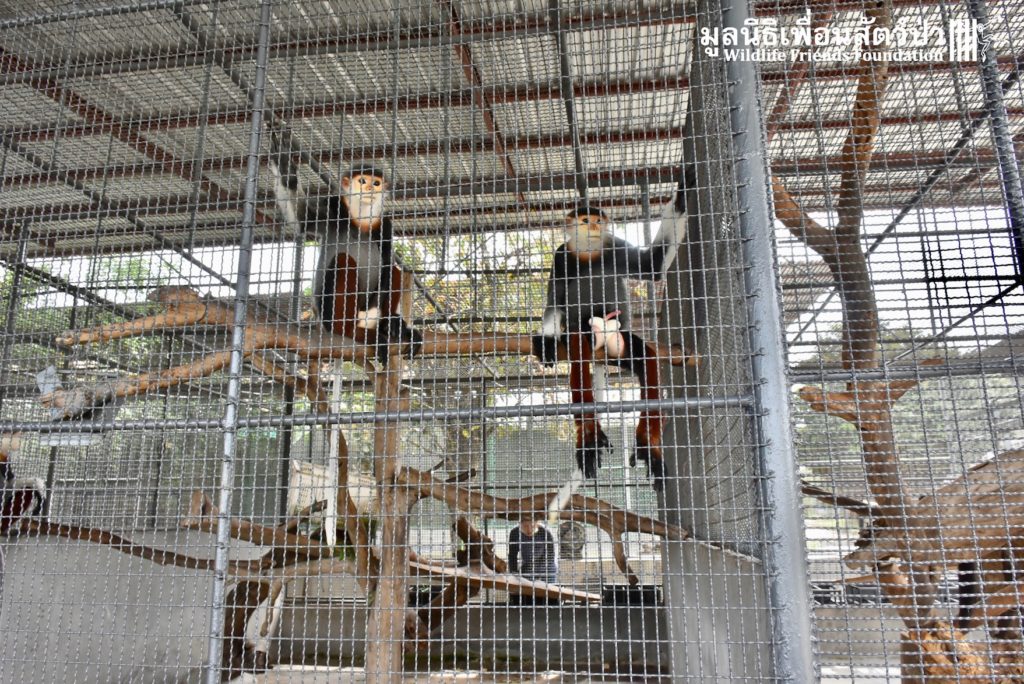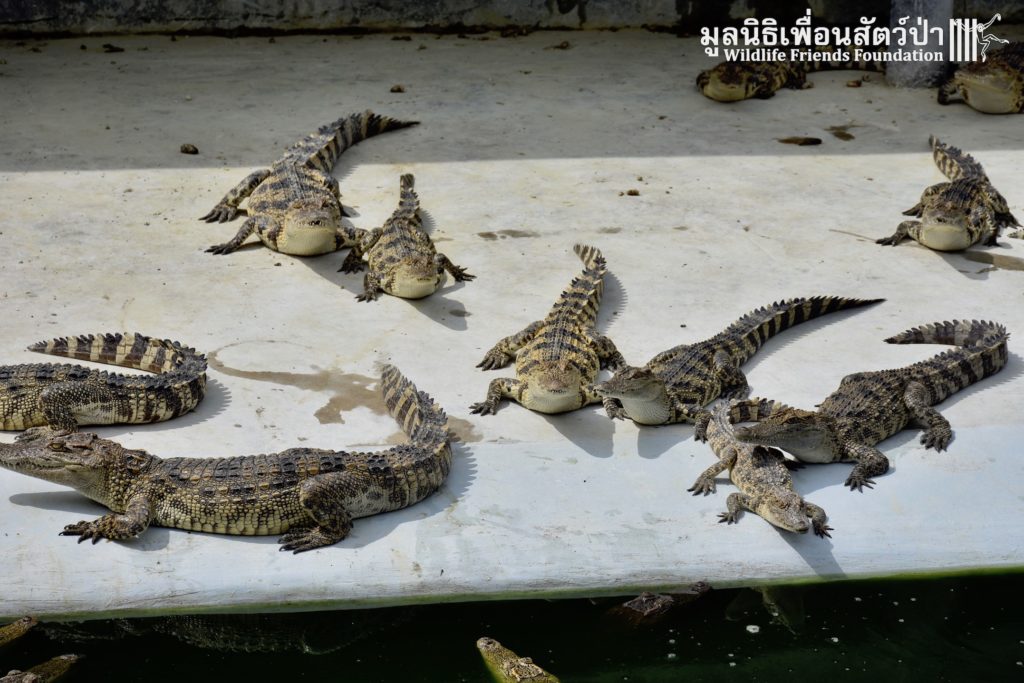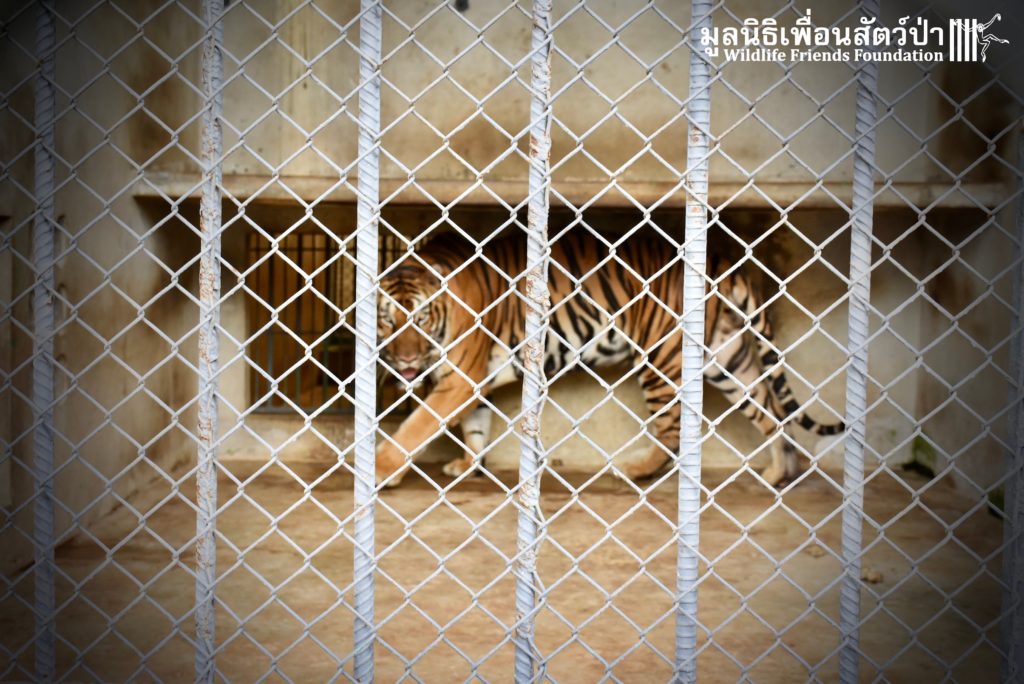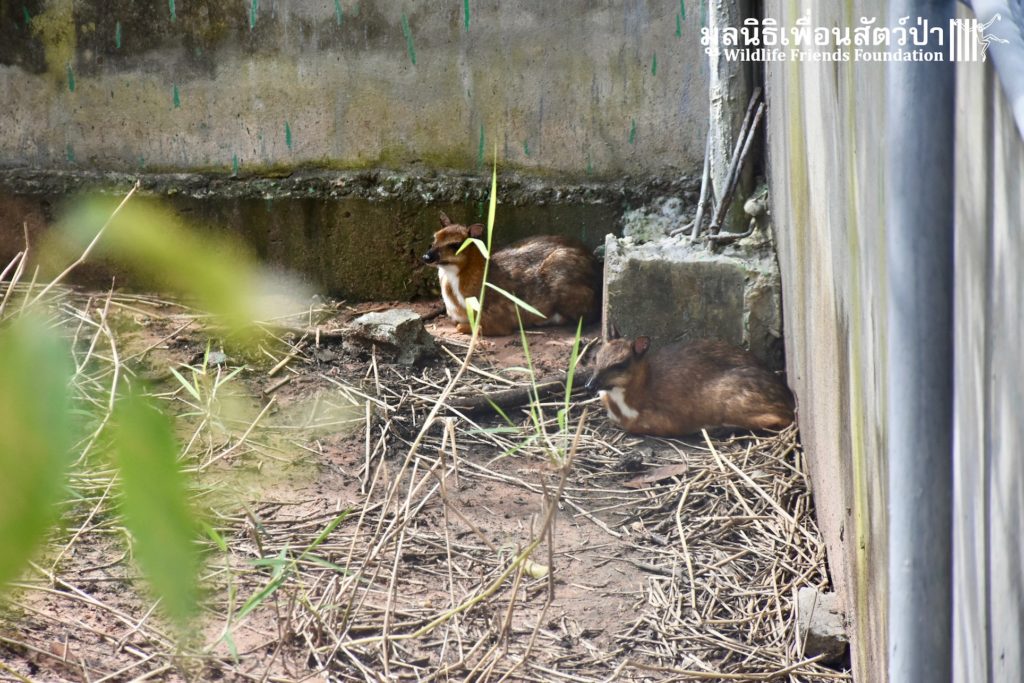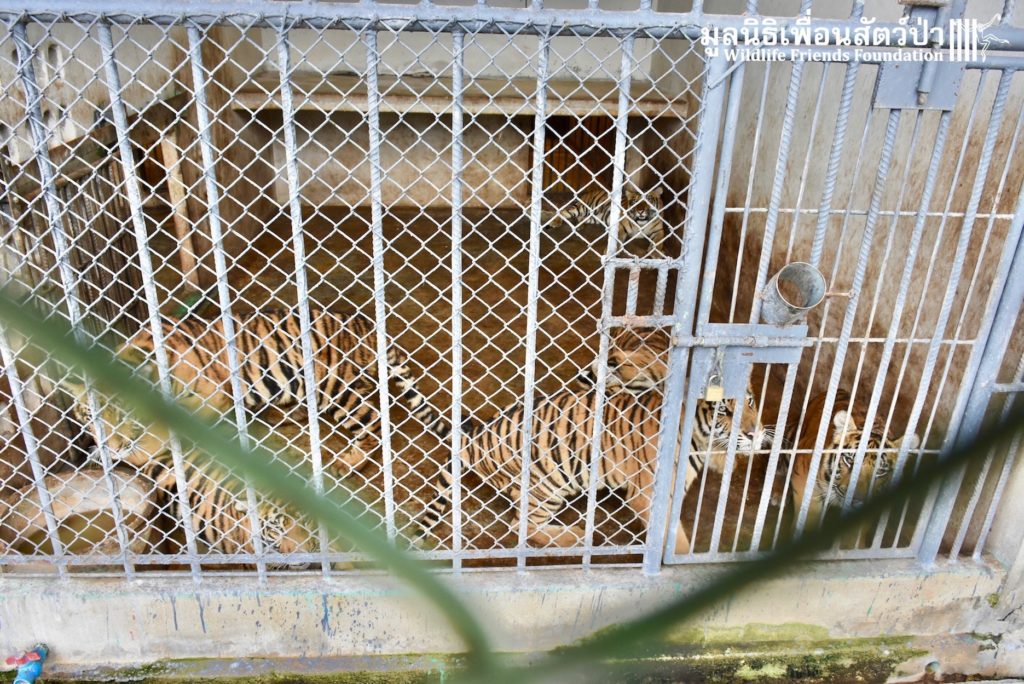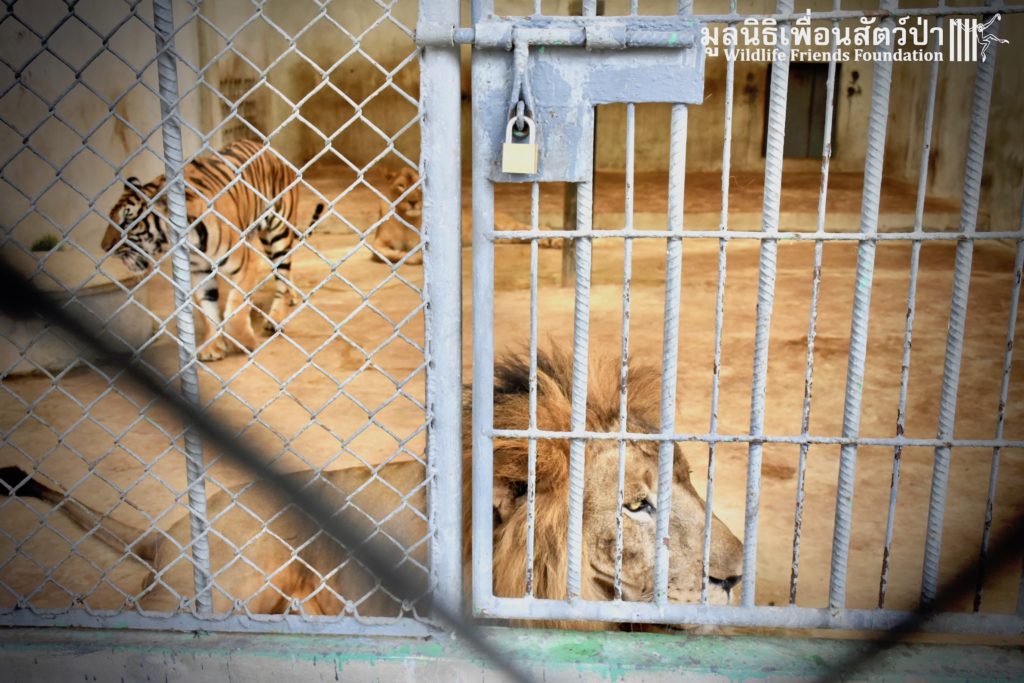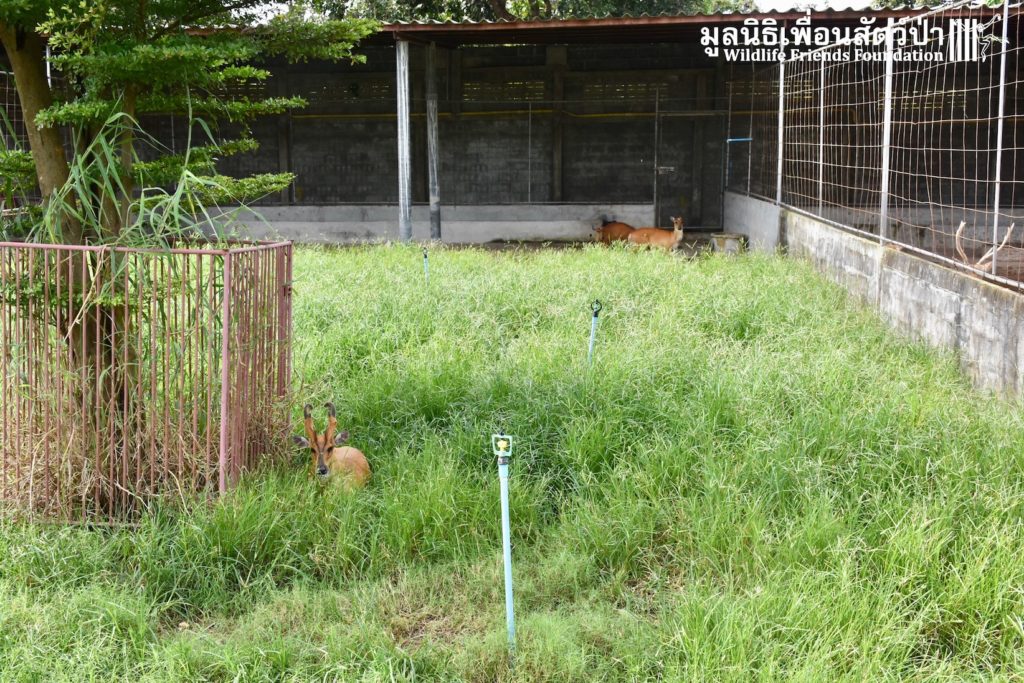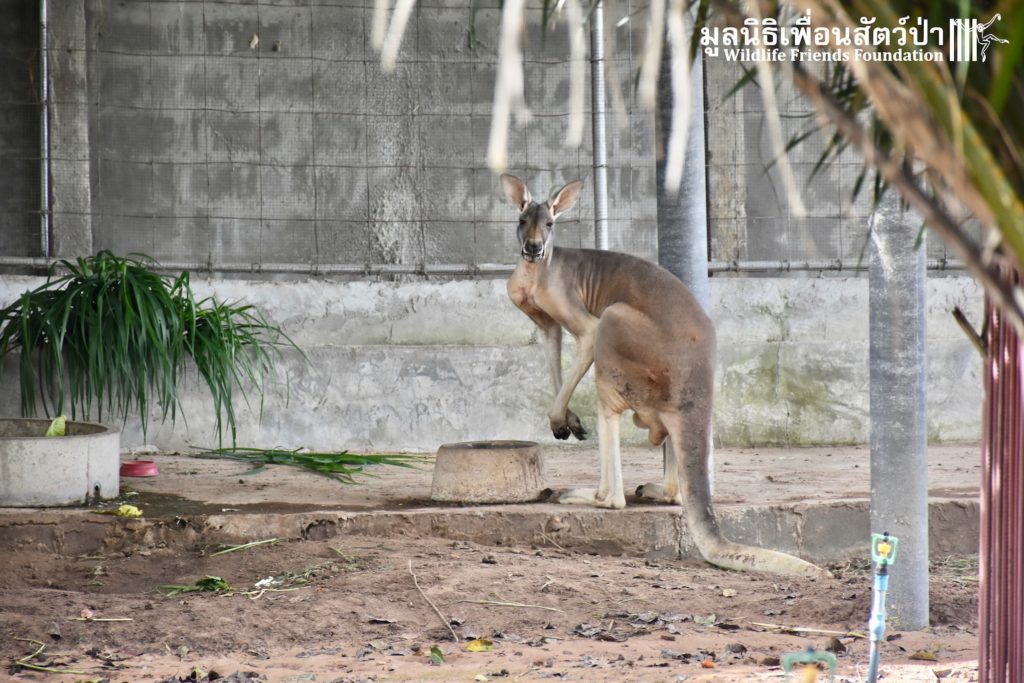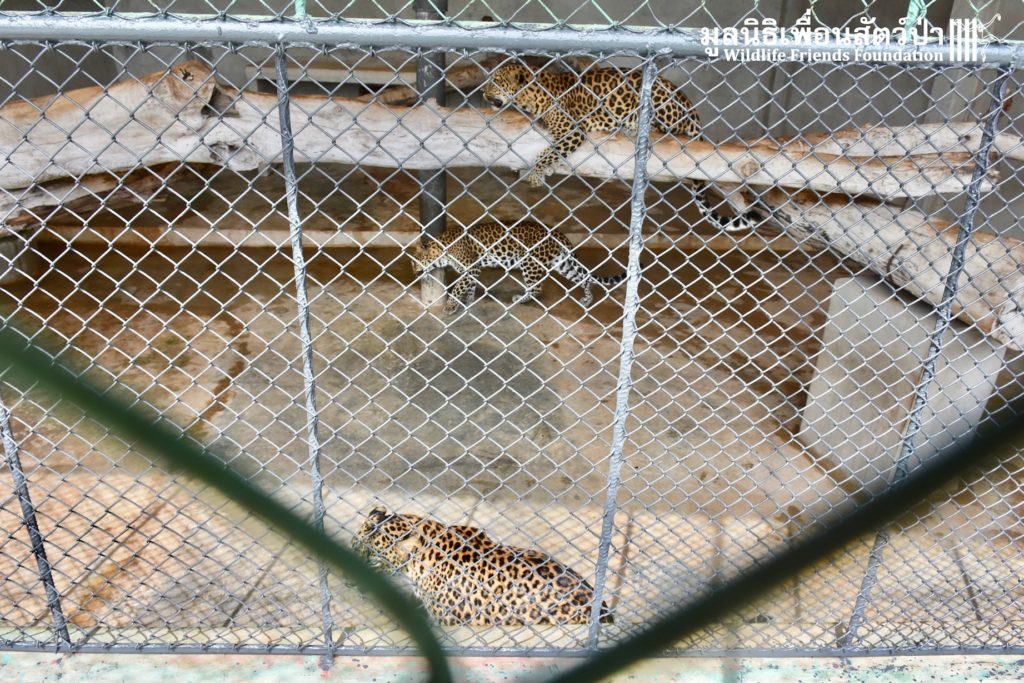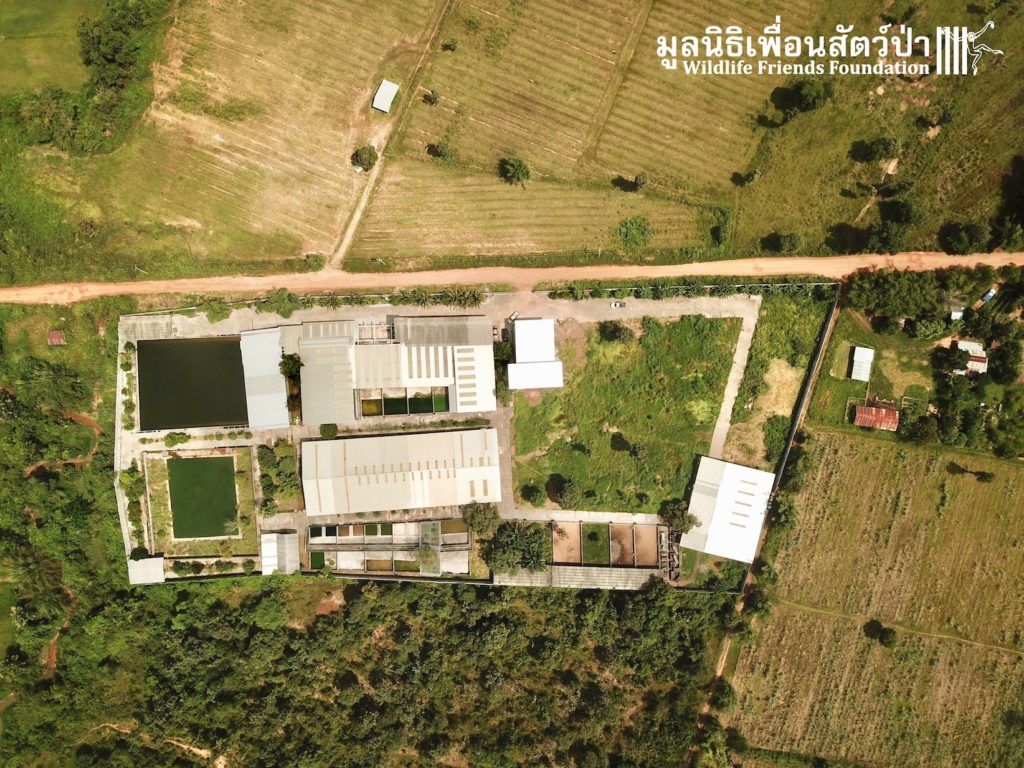Discover the dark reality behind "Golden" tigers - the result of inbreeding in captive tigers. This unethical inbreeding harms animal health, has no conservation value and causes suffering.
The Thai ‘zoo’ where tigers were seized has been on the radar of authorities for illegal wildlife trade
Five live tigers and a severed tiger head were this week seized from a ‘zoo’ in Northern Thailand, which has long been suspected of involvement in illegal wildlife trade.
Three of the animals were declared as having been born at the facility, but DNA tests revealed they were not actually related to the other tigers held there, raising suspicions over the origins of the tigers and the possibility of illegal trade.Tests are now being conducted on a further 20 tigers. The seizure occurred on 30 November.
During investigations into tiger trafficking in South-East Asia by EIA in partnership with Wildlife Friends Foundation Thailand (WFFT) and Education for Nature Vietnam (ENV), traders have disclosed that captive tiger facilities in both Thailand and Laos are sources of both live and dead tigers in illegal international trade, with body parts primarily purchased by consumers from China and Vietnam. Sources have told WFFT investigators that the Thai ‘zoo’ was being used as a holding facility for wildlife being smuggled into Laos and Vietnam.
“We sincerely hope this marks the beginning of greater nationwide scrutiny to end tiger farming and tiger trade in Thailand and across South-East Asia, which is serving to stimulate the demand for body parts of tigers, and other big cats and is driving poaching and regional extinctions across their range,” said Debbie Banks, EIA Tiger and Wildlife Crime Campaign Leader.
“Tighter regulations are urgently required to phase out the unnecessary keeping and breeding of tigers, to monitor what is happening to the tigers currently in captivity and ensure their body parts are destroyed when they die.
“More robust tiger DNA and stripe-pattern profiling of captive tigers in Laos, Thailand and Vietnam would go a long way to facilitating regional investigations when tiger parts are seized. There has been inadequate investment in such measures and too little support for in-depth investigations into the origin of tigers and masterminds behind the scene to date.”
The zoo has been on authorities’ radar for several years; between 2013-20, Thai authorities inspected the facility at least five times. The number of tigers documented during this period continued to grow, from 28 in 2013 to 50 in 2018.
However, according to recent reports the number fell to 25 in 2020, begging the question as to what happened to all the tigers.
In addition, non-native species were found on multiple occasions without the right paperwork, including red pandas, Laotian langurs and douc langurs, but no prosecutions were undertaken.
A trusted source claimed that the red pandas were smuggled into Thailand from Myanmar and that the langurs came from Laos and Vietnam.
Throughout this period of inspections and seizures, the facility was allowed to stay open and retain its zoo license. Following the seizure of tigers this week, authorities have stated the zoo license is to be suspended for 90 days while investigations continue.
The captive tiger population in Thailand has grown rapidly since 2007, from just over 600 tigers to an estimated 1,900-plus in 2020.
During the 14th meeting of the Conference of the Parties to the Convention on International Trade in Endangered Species (CITES CoP14), Parties called for the reduction in captive tiger numbers – but Thailand has instead seen a three-fold increase.
Currently, 47 privately owned facilities, including private collections and ‘zoos’, hold tigers, with a further 19 government breeding centres and zoos with tigers. At least four private facilities are known to have closed in the past year but it is not clear what has happened to the tigers.
These tigers have no conservation value and cannot be released into the wild. The private companies profiting from unregulated breeding and trade masquerade as zoos or centers for ‘edutainment’, where tigers perform and visitors can have selfies, often providing cover for a grislier business.
“We congratulate the Thai authorities on conducting this raid and we hope to see prosecutions pursued against any criminal activity,” said Edwin Wiek, the founder of WFFT who had voiced concerns about this facility in 2018 to the Thai Department of National Parks.
“Its location by the Laos border, far from tourist routes, as well as the presence of tigers held in cages not visible to the public suggested it was acting as more than a tourist attraction.”
Read the latest EIA, ENV and WFFT report on tiger trafficking in South-East Asia at https://reports.eia-international.org/tiger-trade-trail/

